
An AEG Magnetophone from 1935; by 1941 this Germany company would perfect the design and create the world's first high-fidelity tape recorder.
I just finished reading Perfecting Sound Forever: An Aural History of Recorded Music by Greg Milner. (Here’s an excerpt of the book plus an NPR interview with the author).
It’s a good book. The subject matter is fascinating and Milner clearly did tonnes of research. And it’s an even-handed treatment of the subject. If you already have firm opinions about the trajectory that recorded music has taken throughout history, the book isn’t going to change your mind. But I think it might help you realize why you think the way you do and also why you might prefer records from certain eras over others.
I also give him bonus points for telling the real story of how tape multitrack recording was invented rather than parroting Les Paul’s self-aggrandizing fables (as most writers have done for the past 50+ years ). For more information, listen to this fascinating interview with the late Ross Synder, the real inventor of Sel-Sync—the technology that made multitracking practical.
I did have a few minor quibbles with the book though:
First, even with my humble understanding of electronics and music technology, I was able to spot a dozen-or-so technical errors. The explanation of the Sam Phillips/Sun Records tape echo technique on page 51 was wildly inaccurate. The author also repeatedly confused the concepts of bandwidth (i.e. the range available frequencies) with dynamic range or signal-to-noise ratio. He also referred to the Audio Cyclopedia (much beloved in these parts) but misnamed it the Audio Encyclopedia.
I also found his writing a bit rough at times—particularly his immoderate (and usually questionable) use of the adverb ‘literally.’
Maybe I’m being a bit unfair to Mr. Milner about his writing. I read the book right just after finishing Robert Caro’s magisterial and perfectly composed The Years of Lyndon Johnson: The Means of Ascent.
Not to put too fine a point on it, but Mr. Caro is thoroughly analogue in his approach: he doesn’t doesn’t even use a word processor, instead preferring to work first in longhand then on his trusty Smith-Corona Electra-210 typewriter. I imagine when he types a bad paragraph, the page gets violently crumpled up into a ball and thrown away. Consequently, he probably thinks a lot before he’s types. Whereas Milner, I suspect, writes the way just about everybody in the world does these days: endlessly copying and pasting, polishing up so-so ideas or dull images rather than deleting whole sections and starting anew.
Maybe there is something destructive about the convenient non-destructive non-linear editing that sets word processors apart from typewriters (and that sets digital audio workstations like Pro Tools apart from tape machines). Oy that was bad tangent–so in conclusion, Perfecting Sound Forever is a fascinating read even if it could do with a better editor and a technical fact-checker. Recommended.

Smith Corona Electra 210 circa 1965: Robert A. Caro's favoured typewriter

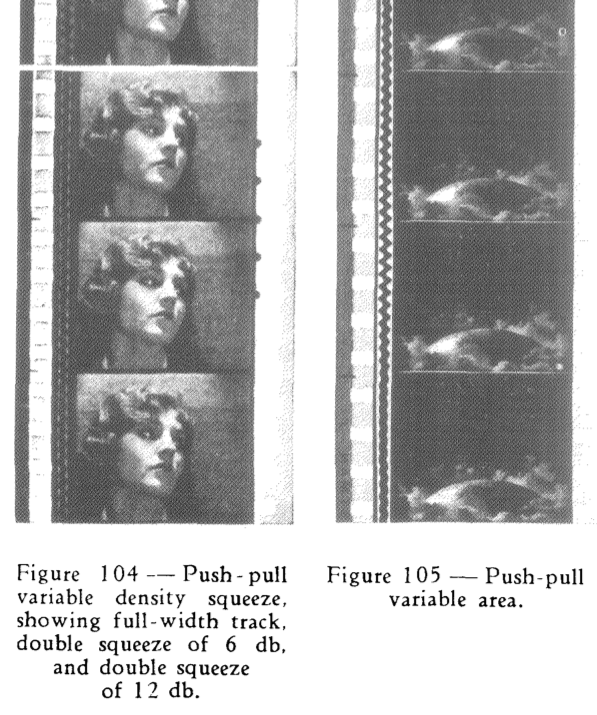




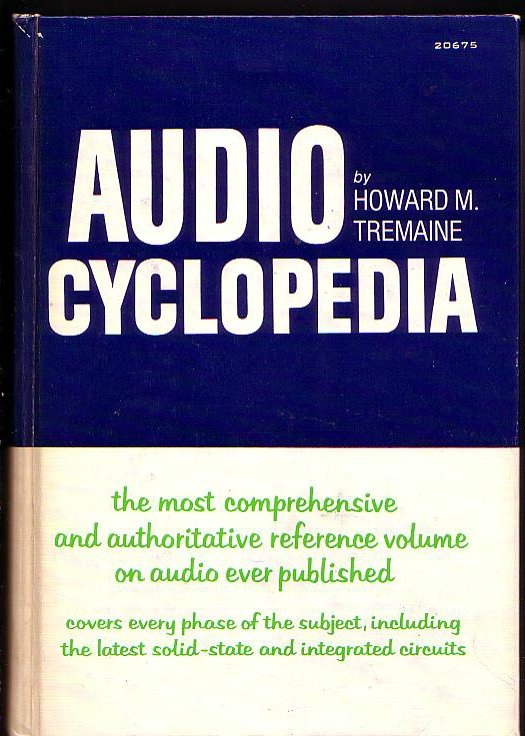
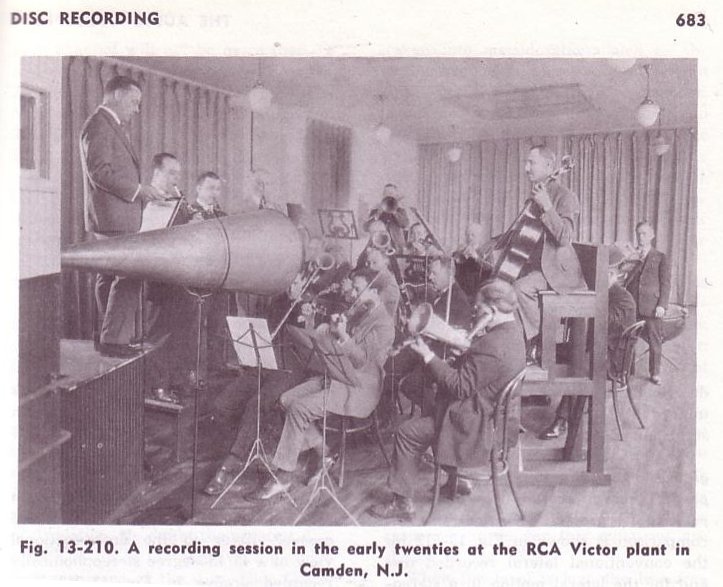
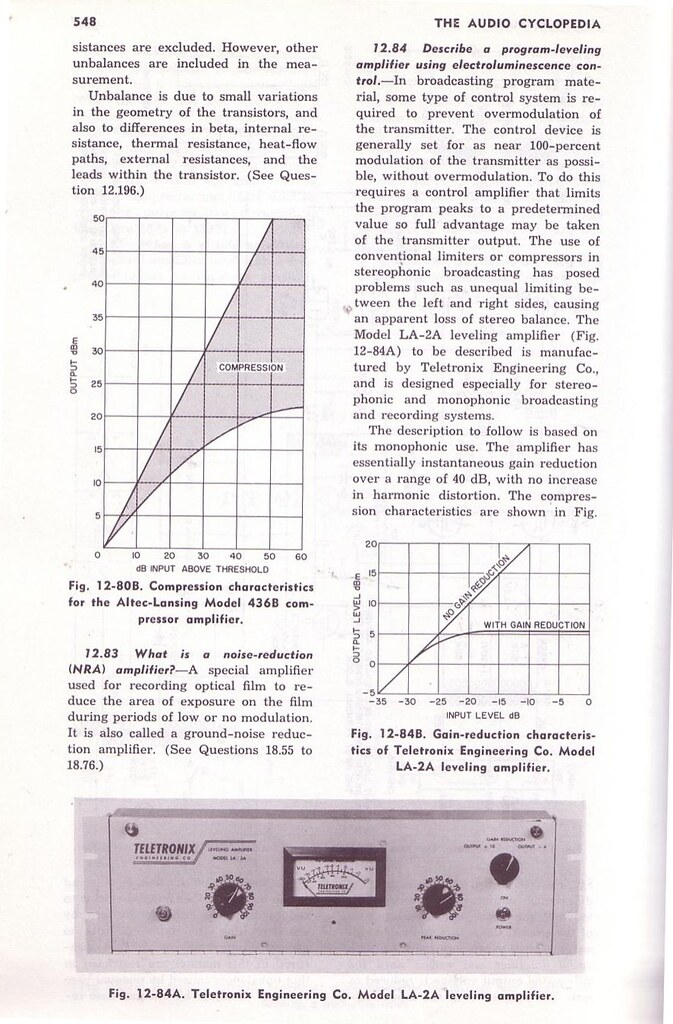
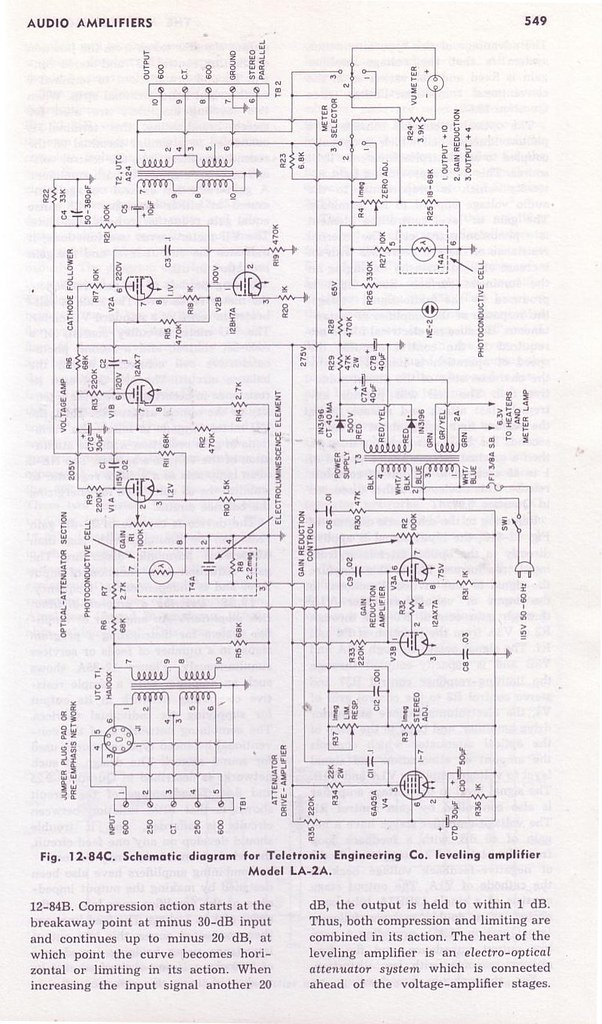
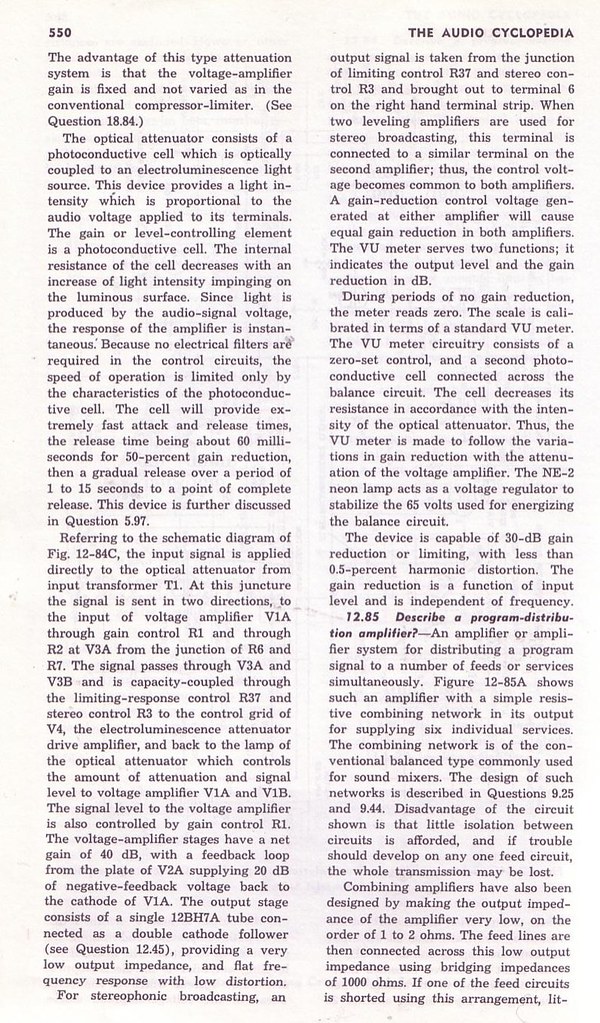
 |
|